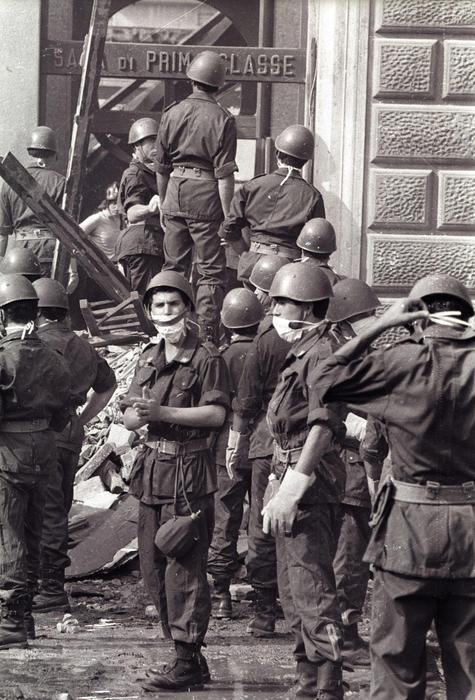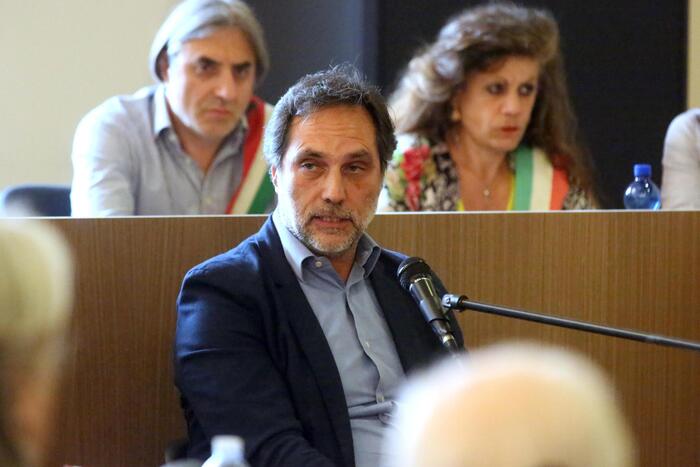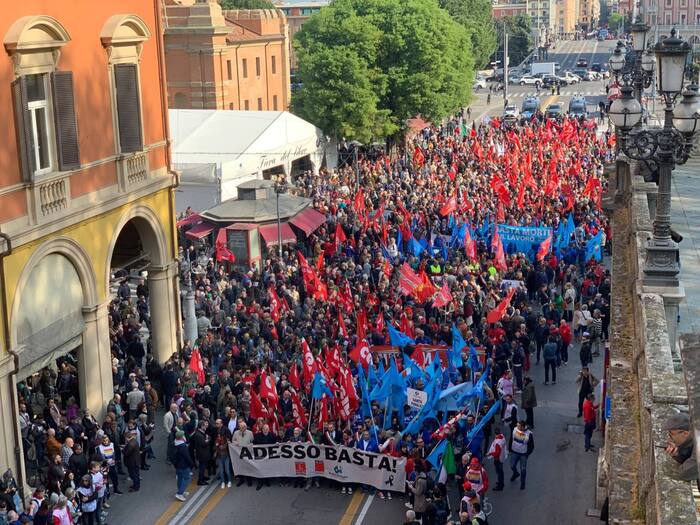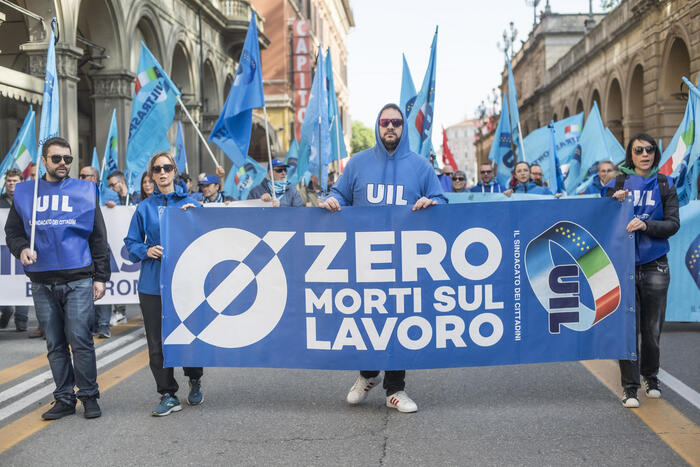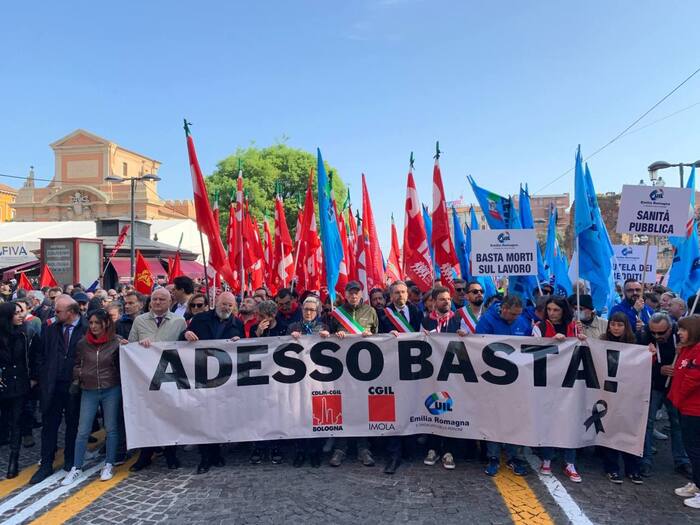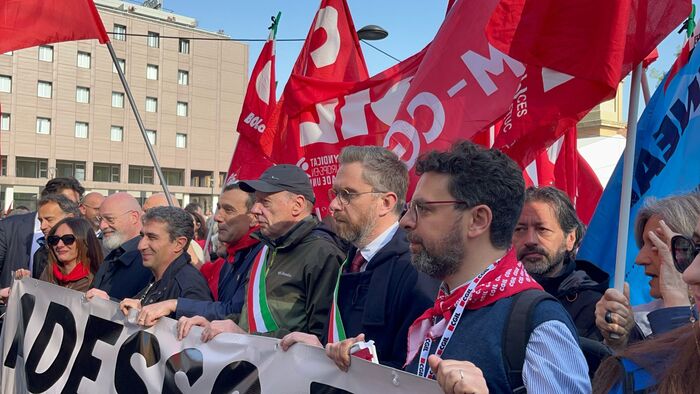A sudden, piercing roar, then only screams, sobs, dust and rubble.
The atrium of the central station of Bologna is filled with blood and debris, on the platform of the first platform the explosion also invests the Adria Express train 13534 Ancona-Basel, delayed by an hour on the schedule, the cries of the injured and some passengers meet faces annihilated by shock and horror.
They are stills from the memory of August 2, 1980, a torrid Saturday of exodus towards the holidays.
At 10.25 (the hour of the tragedy will remain forever imprinted in the still hands of the large clock) the explosion tears the left wing of the station on Piazza Medaglie d'Oro: the second class waiting room, the offices on the first floor , the restaurant.
Six workers are killed in the self-service restaurant-bar;
among the victims also two taxi drivers waiting for customers in the parking lot in front of the building pulverized by the blast.
85 dead and 200 injured: the most brutal massacre in Italy erases stories and people of all ages and backgrounds.
The first hypothesis circulated on the causes, the accident caused by the explosion of a boiler, does not hold up for long, also because there are none at the point of the explosion, and in a few hours it gives way to the certainty of the most feared scenario: the
Immediately, without stopping and for hours, health workers, firefighters, law enforcement agencies, the Army, volunteers are put to work in search of lives to be rescued and saved.
A spontaneous chain that in a very short time sets in motion a city that was 'closing for holidays'.
The telephone lines jumped and the first reporters arrived on the spot, in order to tell the hell of those moments, they 'expropriate' the bus controllers' booth on the square, where the telephone works instead.
Cell phones and the internet don't exist yet.
From the hospitals comes the appeal to doctors and nurses to return to service, while an ATC bus of line 37, the 4030 car, becomes a symbol of that terrible day, transforming itself into an improvised hearse that has forensic medicine as its terminus (then in via Irnerio,
a short distance away) to transport the bodies.
Many, too many.
Agide Melloni from Imola, then a 31-year-old driver, takes the lead: '' They asked me to take the corpses away by bus.
From morning to three in the morning, with white sheets hanging from the windows.
But on every trip there was some rescuer with me, to support me. ''
The youngest victim is Angela Fresu, just 3 years old, and then Luca Mauri, 6, Sonia Burri, 7, up to Maria Idria Avati, eighty, and Antonio Montanari, 86.
to support me. ''
The youngest victim is Angela Fresu, just 3 years old, and then Luca Mauri, 6, Sonia Burri, 7, up to Maria Idria Avati, eighty, and Antonio Montanari, 86.
to support me. ''
The youngest victim is Angela Fresu, just 3 years old, and then Luca Mauri, 6, Sonia Burri, 7, up to Maria Idria Avati, eighty, and Antonio Montanari, 86.
The President of the Republic Sandro Pertini arrives at the station, moved and distressed, while all around a human chain continues to move debris in the increasingly tenuous hope of still finding some traces of life.
That same evening Piazza Maggiore fills up for a demonstration, the first response of political mobilization to demand justice and truth, while late at night in the morgue, where the cold rooms seem unable to contain so many bodies, a police marshal continues to groped to name the bodies.
An identity sometimes entrusted only to shreds of clothing or documents, to a ring, to the remains of a chain.
On the day of the funeral, the mayor Renato Zangheri recalls how the same script had already been experienced six years earlier, on 4 August 1974, on the Italicus in San Benedetto Val di Sambro, with 12 dead and 44 wounded: `` The same city, the same railway junction, the same days of holidays, perhaps the same intention to play the crime also on the bodies of foreign travelers, and therefore to demonstrate to other peoples and governments the weakness of our democracy ''.

